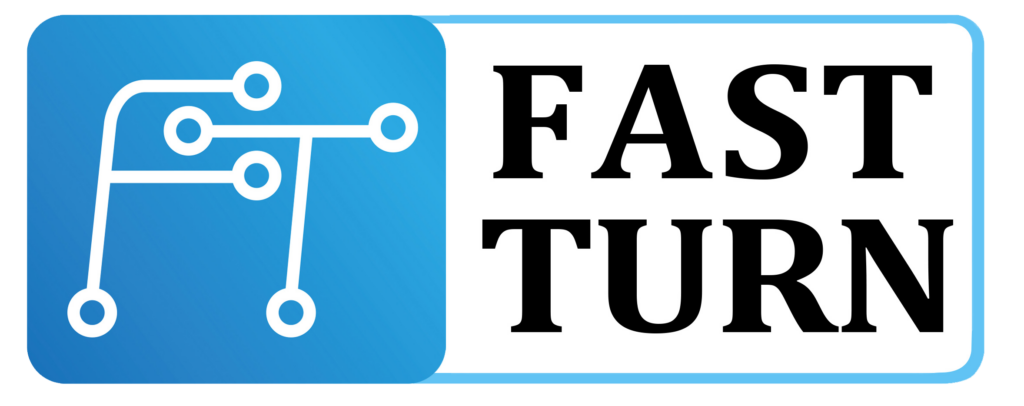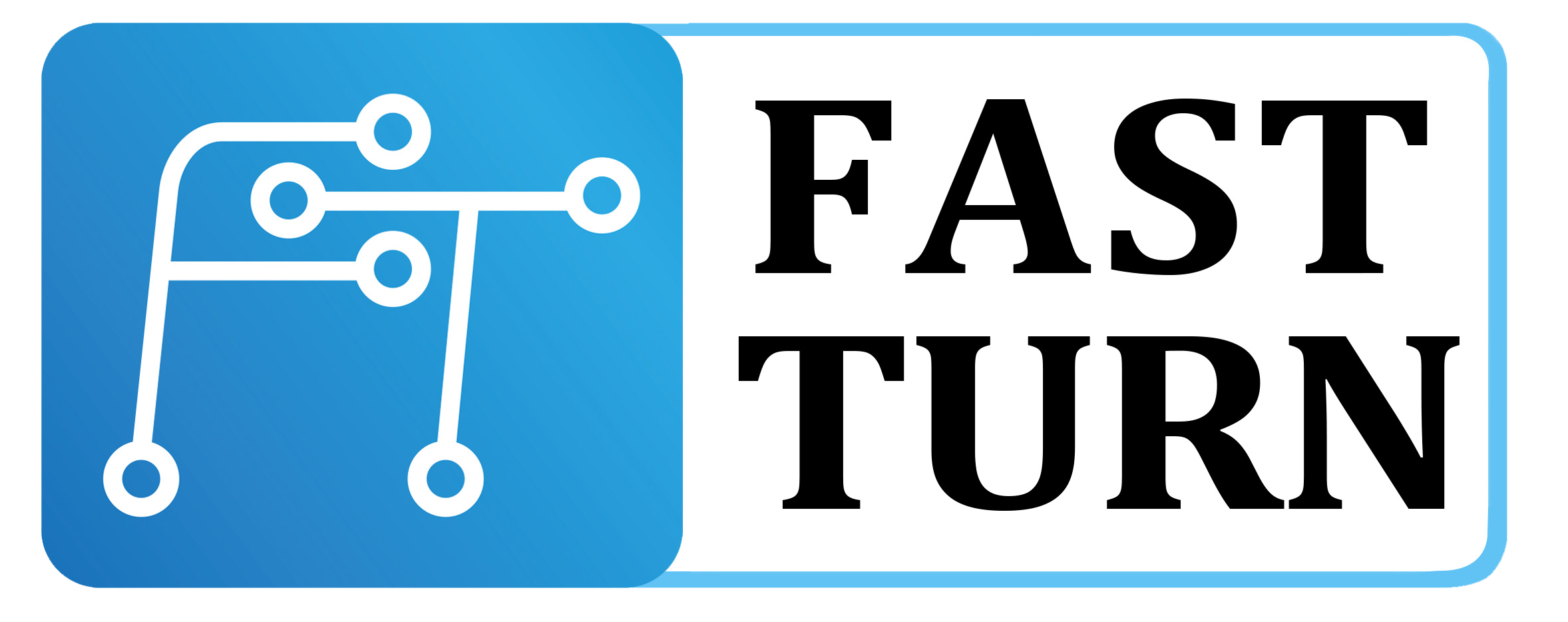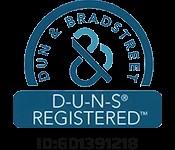Flex PCB Manufacturer
Rapid Prototype & Volume Flex PCB Fabrication Services
As a leading China flex PCB supplier, we specialize in high-quality flex circuit manufacturing—from rapid-turn prototyping to full-volume flexible PCB fabrication. Upload your Gerber files now for a fast, reliable quote.
Flexible PCBs
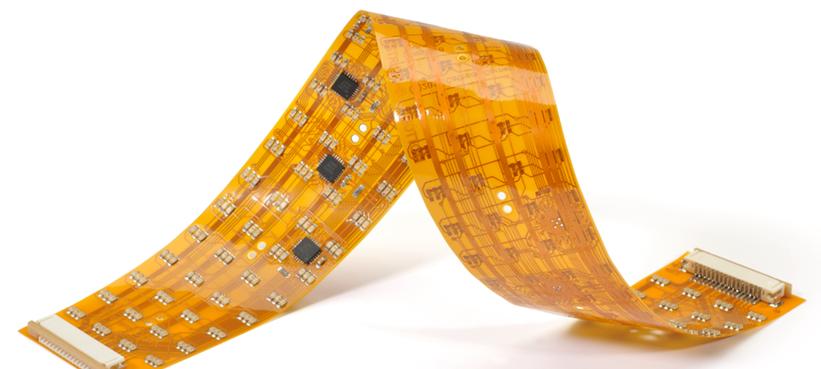
Flexible PCBs are circuit boards made from flexible substrates such as polyimide film, polyamide film, etc. The main materials include conductive materials, insulating materials, and substrates.The conductive material is usually copper foil, which forms a circuit pattern after rolling or etching.Insulating materials are used to isolate conductive layers and prevent short circuits.
The manufacturing process of Flexible PCBs includes multiple steps such as cutting and drilling circuit boards, creating circuit graphics, laying conductive layers, and soldering.
Product Showcase
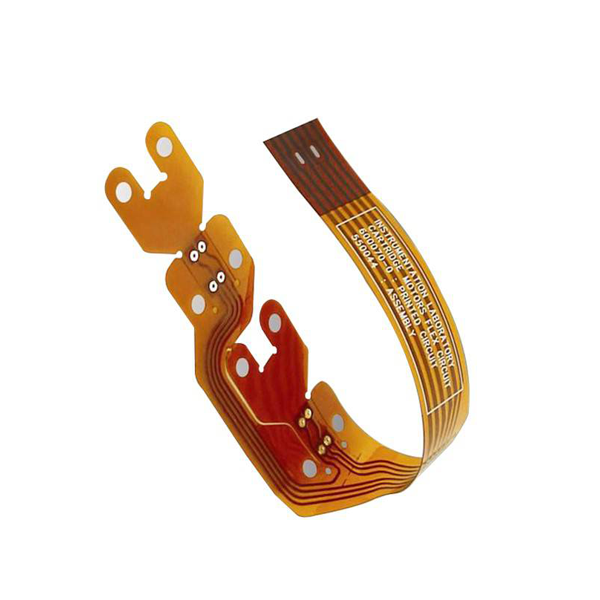
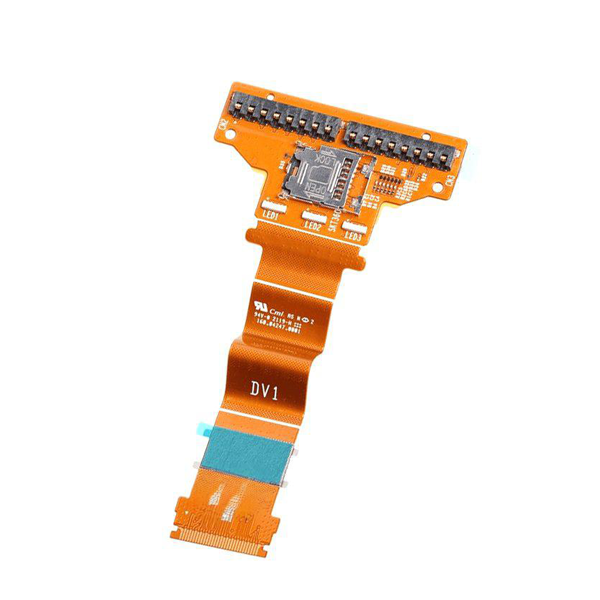
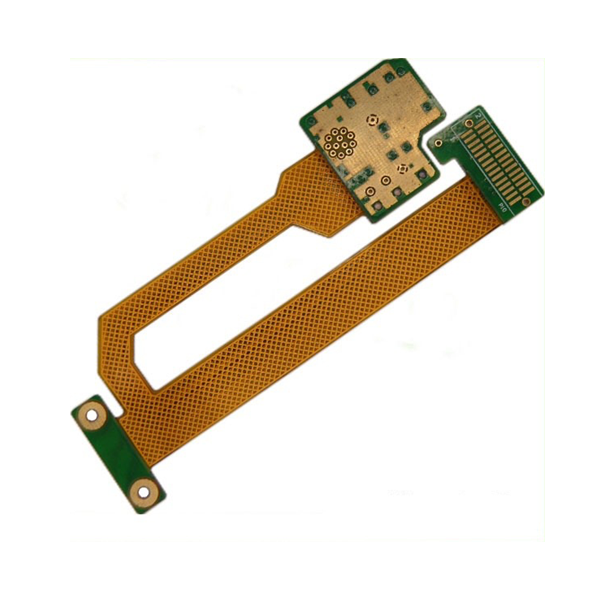
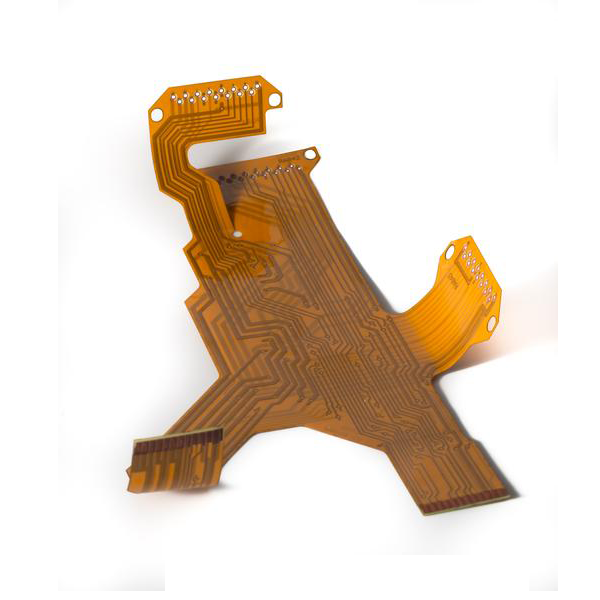

What are Flex PCBs?
Flex PCB, also known as Flexible PCB or FPC, is a type of printed circuit board that can bend, twist, and flex to fit different shapes and spaces. These PCBs are built using flexible base materials such as polyimide (PI) or polyester (PET), allowing them to maintain stable electrical performance even under mechanical stress.
The flexibility of Flex PCBs makes them ideal for applications in compact, high-performance electronic devices, including medical instruments, consumer electronics, wearables, and aerospace systems. They help reduce product weight, improve space efficiency, and enhance overall reliability.
Ultra-Fast Turnaround : Rapid prototyping with 24-hour expedited service available.
High Precision Quality: Tight process control and experienced engineering team ensure top-tier performance.
Advanced Manufacturing : Supports HDI, semi-flex, and complex rigid-flex structures.
Extensive Material Stock: Full range of high-frequency, high-speed, and special materials in stock.
Responsive Service: 4-hour quick quotation, 1-on-1 technical support, and full customer care.
Our Flex PCBs Capabilities
- 1–14 Layers Flex & 2–18 Layers Rigid-Flex
- Min Line Width / Spacing: 2.5/3MIL, Min Hole Diameter: 4MIL
- Material: Polyimide (PI), PET, Semi-flex FR4
- Stiffener Options: FR4, Polyimide, Metal, PSA
- Surface Finishes: ENIG, Immersion Silver, OSP, Gold Finger
- Support for HDI, Blind & Buried Vias
Request a FREE Quote!
Different Types of Flex PCB Boards
Product:Custom Large Size Flex PCB
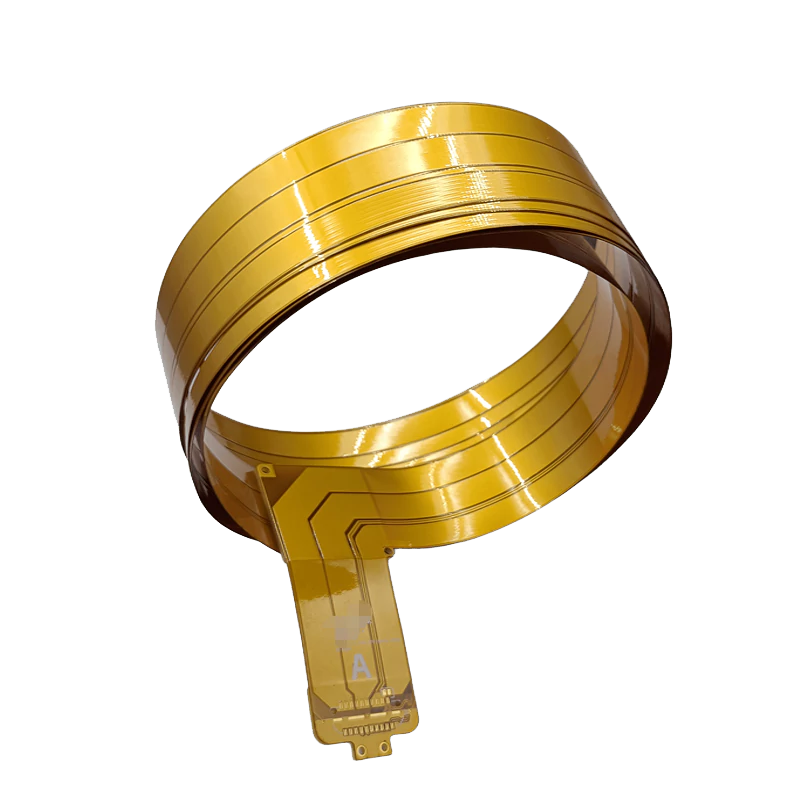
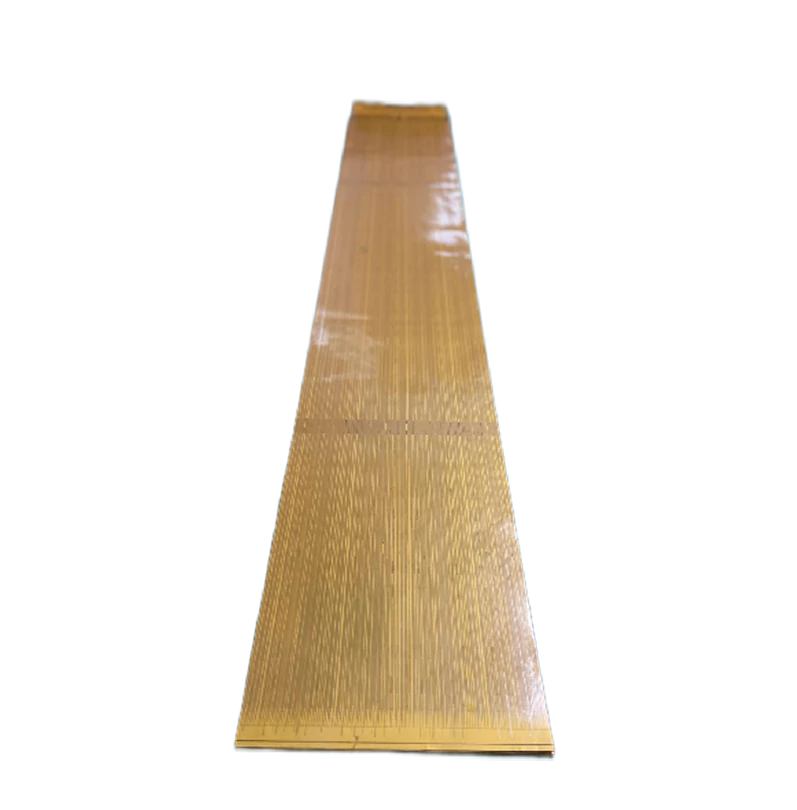
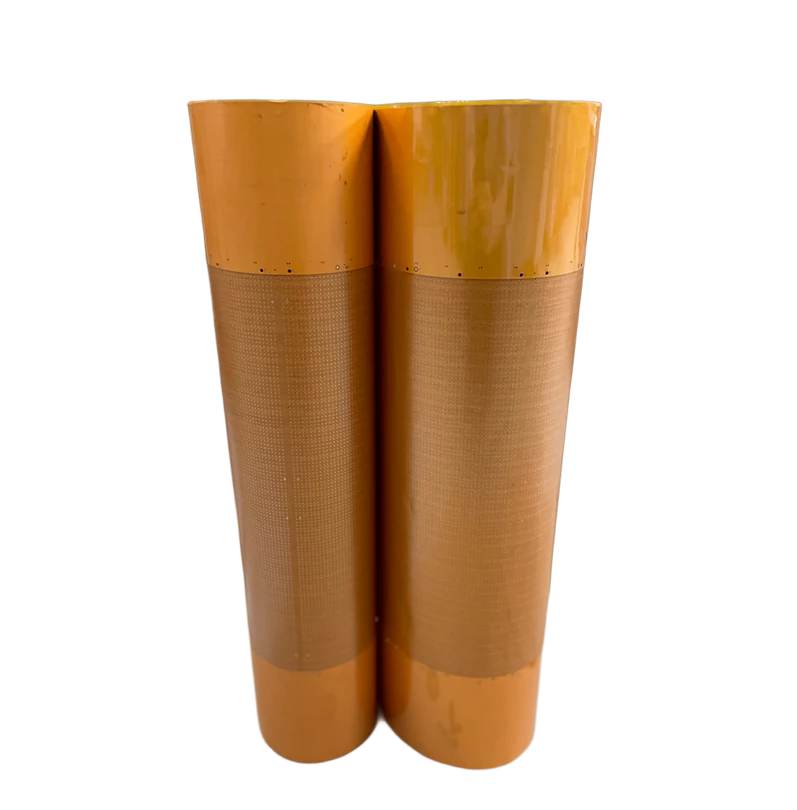
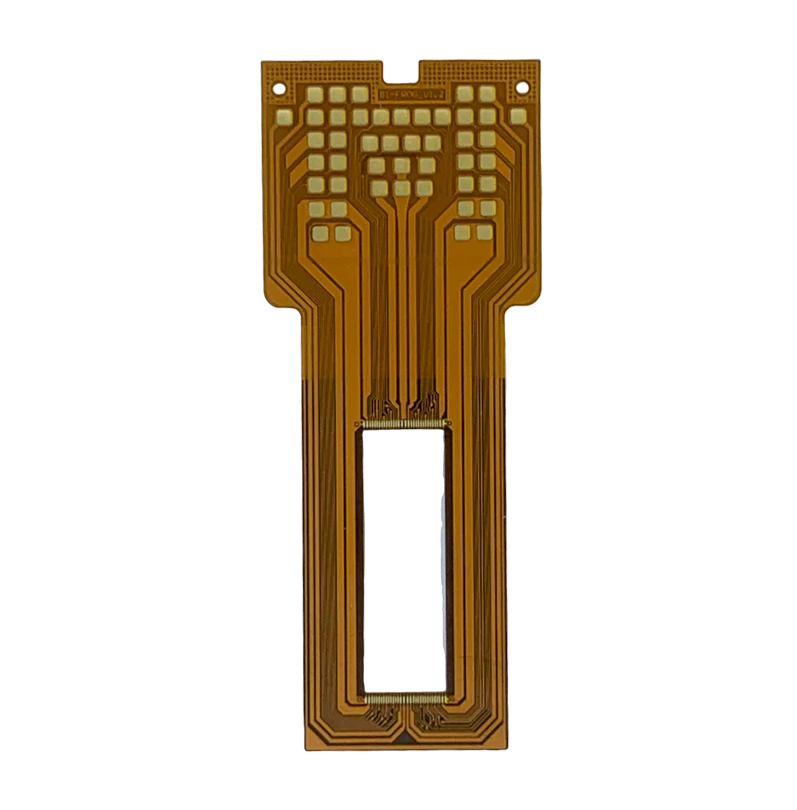
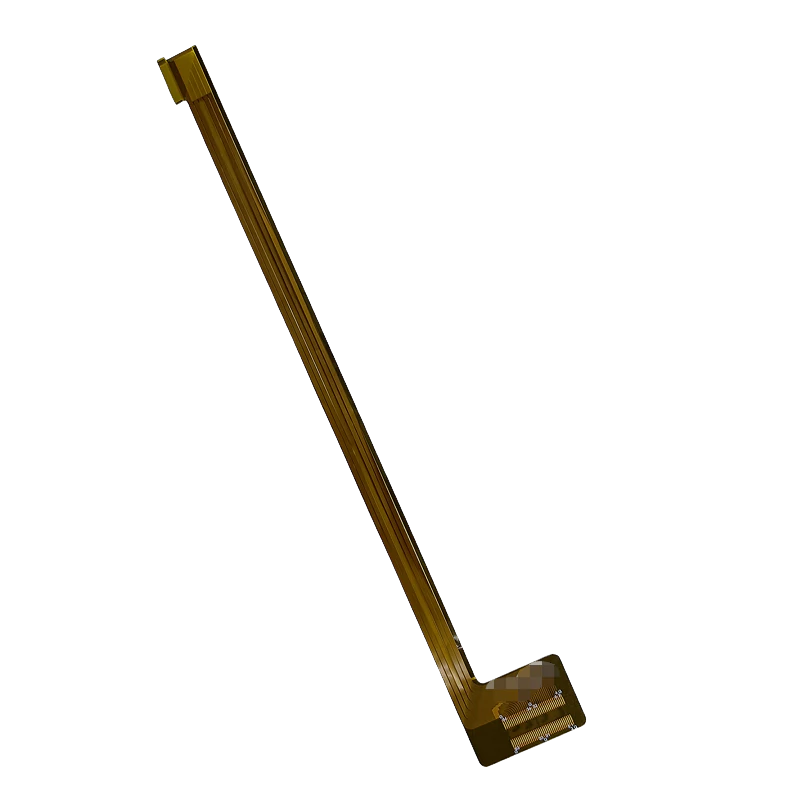
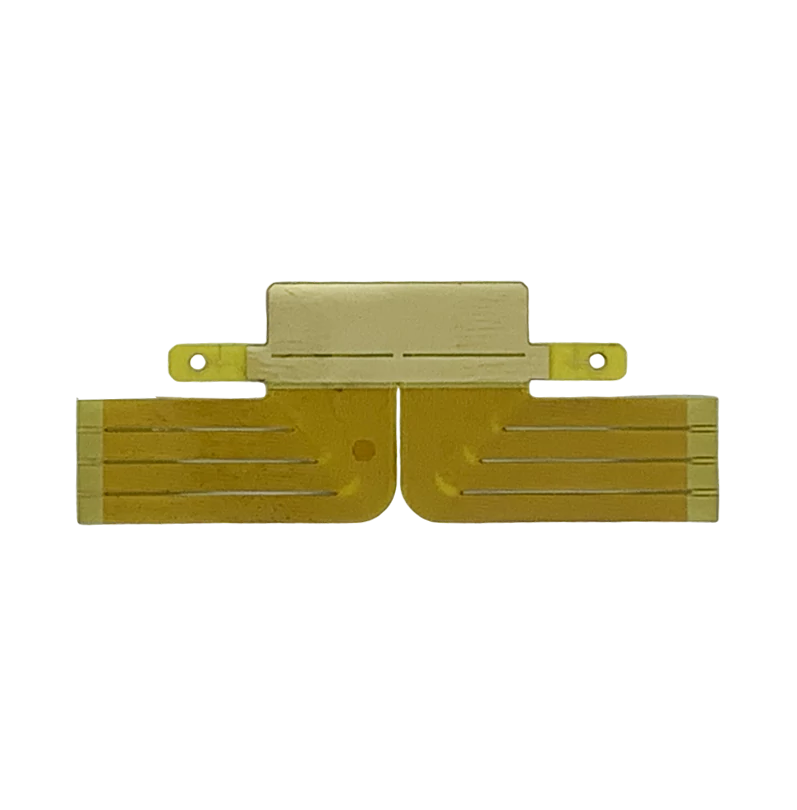
Product:Flex PCB for Medical Device
Product: Dense Fine Lines Flex PCB
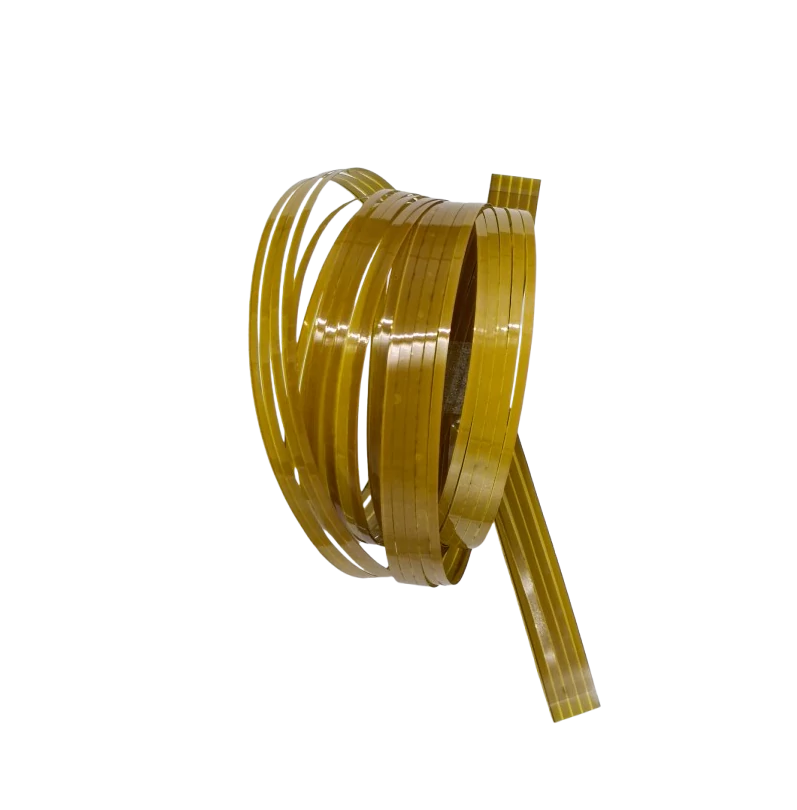
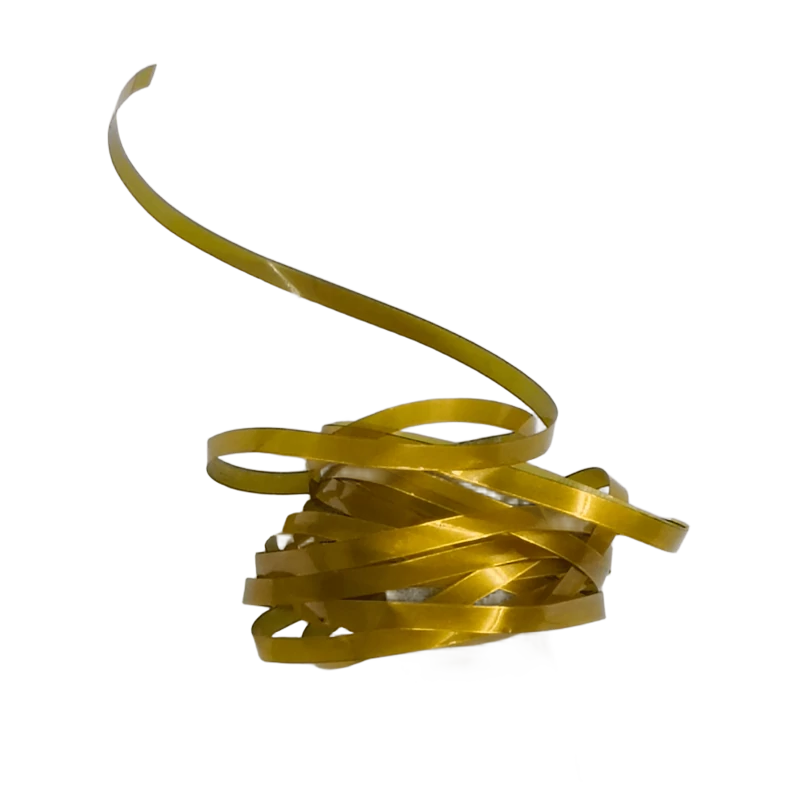
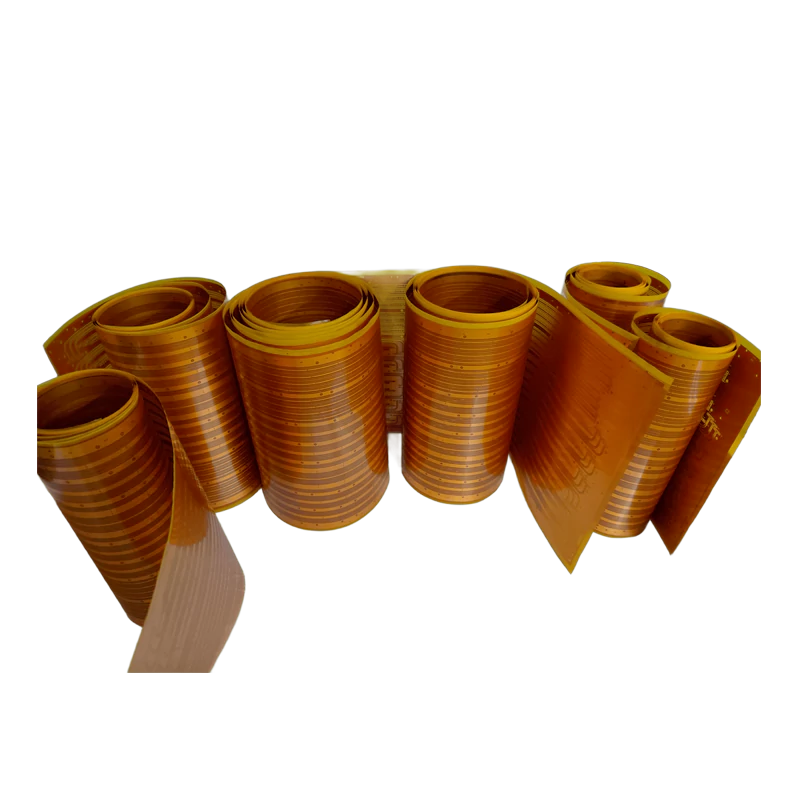
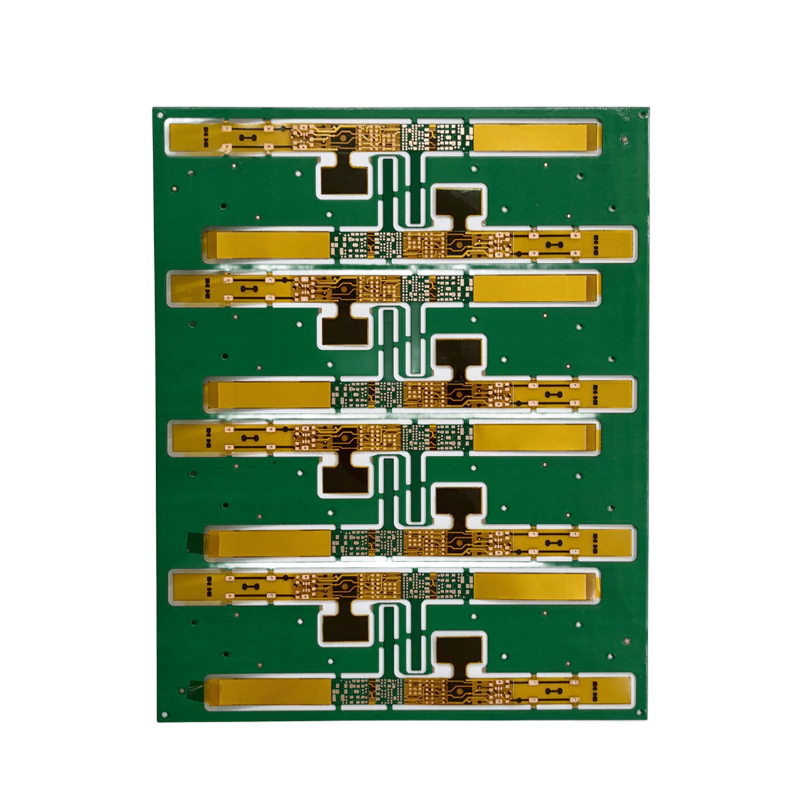
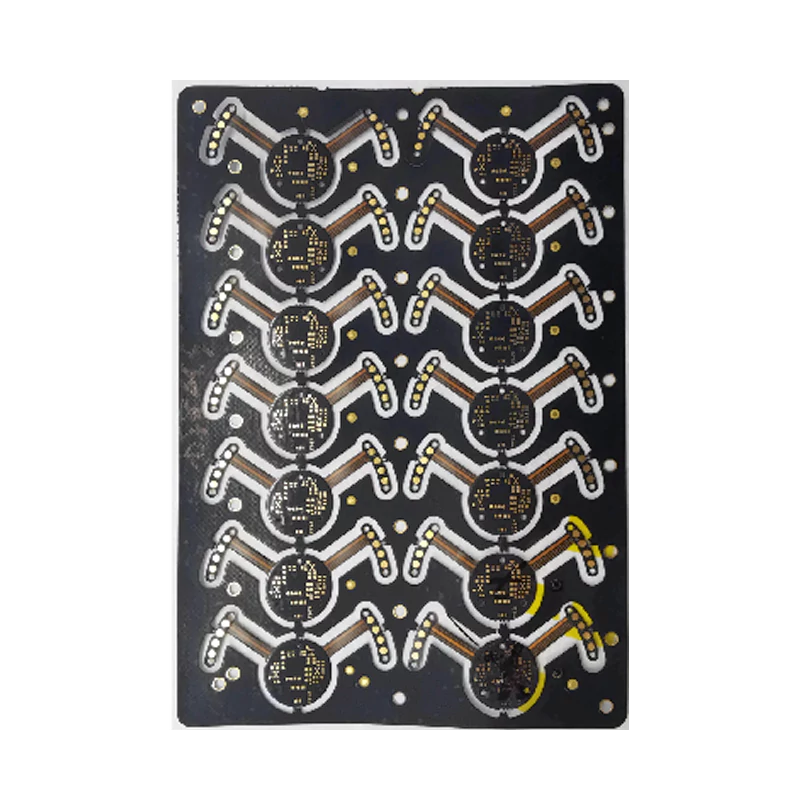
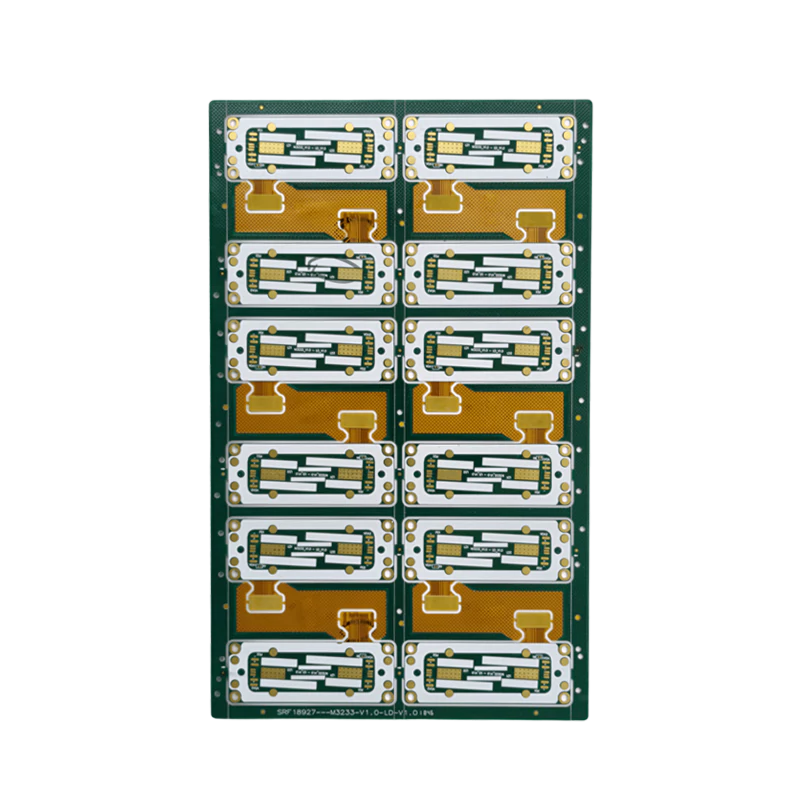
Product: HDI Blind and Burried Via Flexible PCB
Capabilities
| Capability | Parameter |
|---|---|
| PCB Type | Flexible PCB |
| Quality Grade | Standard IPC 2 |
| Material |
PI PET |
| Number of Layers |
1 Layer 2 Layers 4 Layers 6 Layers 8 Layers |
| Max PCB Size | 1 Layer: 4000mm x 240mm 2 Layers: 800mm x 240mm Multi-layers: 350mm x 240mm |
| Board Size Tolerance (Outline) | ±0.1mm |
| Soldering Pad Diameter | ≥0.3mm |
| Quality Grade | Standard IPC 2 |
| Lead Time | 5-7 Days |
| Coverlay | Yellow, White, Black, None |
| Coverlay Opening Size | ≥0.6mm x 0.6mm |
| Min Spacing Colverlay to Soldering Pad | ≥0.15mm |
| Soldermask Color | Green and Others |
| Soldermask Bridge |
Green: ≥0.1mm Others: ≥0.15mm |
| Minimum Character Width (Legend) | ≥0.7mm |
| Minimum Character Height (Legend) | ≥0.8mm |
| Min Spacing from Silkscreen to Soldering | ≥0.2mm |
| Surface Finish |
ENIG OSP Immersion Tin Chemical Silver |
| Impedance Control |
Single-ended 50Ω Differential Pairs100Ω Tolerance ±10% |
| Stiffener Material |
PI FR-4 Aluminum Steel |
| Edge Rail Width | ≥10mm |
Why Consider Fast Turn PCB?
Fast Turn PCB is your reliable partner in Flex and Rigid-Flex PCB manufacturing. With over 10 years of experience, we deliver fast, high-quality, and cost-effective solutions for customers worldwide.
- 2-50 Layers Rigid Flex PCB, Blind/Buried Vias and HDI Available
- Over 10 Years of Industry Experience in delivering advanced Flex PCB solutions
- Advanced Manufacturing Capabilities for HDI, fine pitch, blind/buried vias, and impedance-controlled designs
- Quick Turnaround Options — including 24-hour prototyping and urgent production
- Strict Adherence to IPC-6013 and IPC-A-600 Class 2/Class 3 Standards
- Turnkey Solutions covering PCB design, fabrication, and assembly
Put your parts
into production today
All information and uploads are secure and confidential.
FAQ
The main substrate of flexible circuit boards is usually polyester film or polyimide film.
These materials have good flexibility and high temperature resistance, which can meet the needs of flexible circuit boards in dynamic applications such as bending and folding.
A layer of conductive material, usually copper foil, is deposited on the substrate of a flexible circuit board through a specific process.
The thickness of the conductive layer can be adjusted as needed to meet the requirements of different application scenarios for current transmission capacity and mechanical strength.
Substrate preparation: Select and prepare substrates such as polyester film or polyimide film that meet the requirements.
Preparation of conductive layer: Plating copper foil or other conductive materials on the substrate.
Circuit pattern formation: Excess copper foil on the conductive layer is removed through processes such as photo painting and etching to form the desired circuit pattern.
Process processing: After the formation of the circuit pattern, coating protective layer, curing, hole drilling, electroplating and other processes are carried out to increase the protection performance and reliability of the circuit board.
Finished product inspection: Conduct strict finished product inspection on flexible circuit boards, including appearance inspection, circuit connectivity testing, pad reliability testing, and other multiple tests to ensure that the circuit board meets quality requirements.
Before sampling, the design of flexible circuit boards needs to undergo strict review.
This process mainly checks the rationality, feasibility, and potential manufacturing issues of the design.
Design review is usually completed by a professional team of engineers who will carefully evaluate the design documents based on experience and technical specifications to ensure the quality and reliability of the final product.
